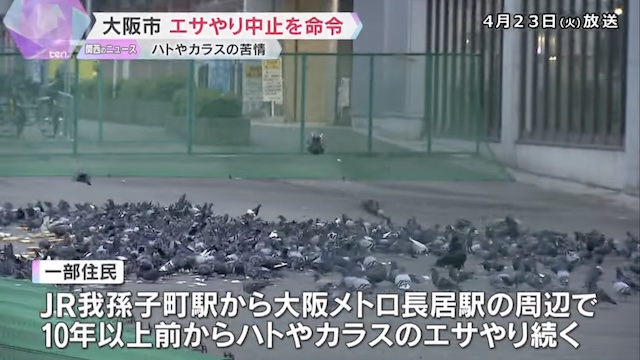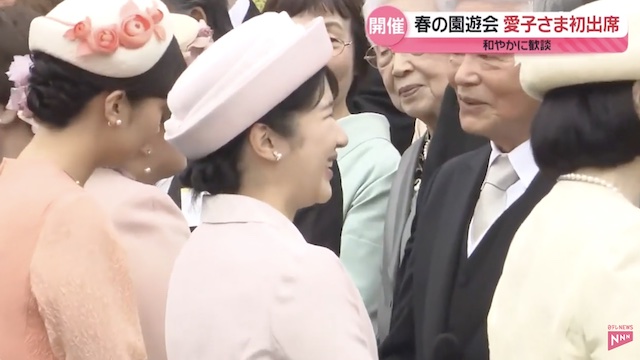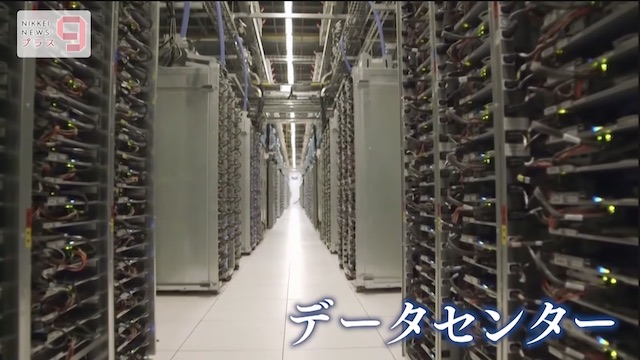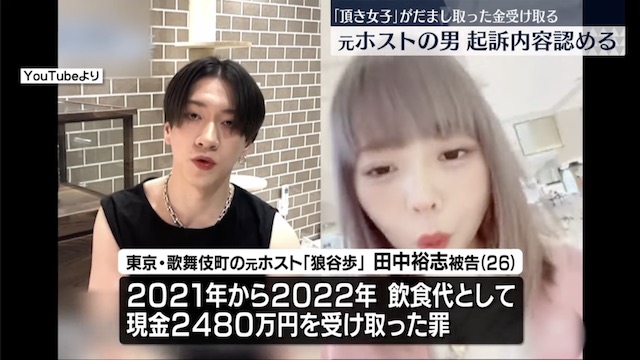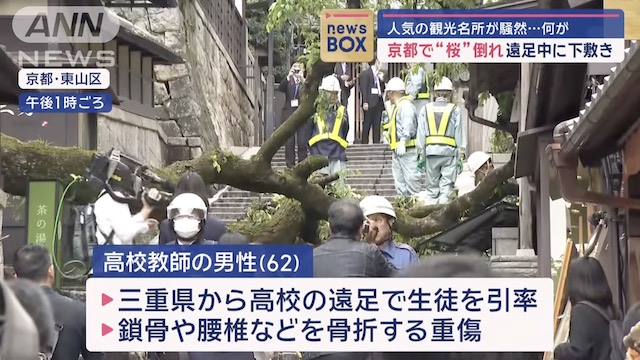Jun 28 (japansubculture.com) - As the cost of obtaining a college degree has skyrocketed over the years, millions of Japanese are facing potential financial crisis for pursuing post-secondary education.
According to the documents obtained through a freedom of information request to Japan Student Services Organization (JASSO), a government funded organization which is responsible for lending more than 99 percent of all student loans Japanese college students use, 735 individuals who used JASSO student loans filed for bankruptcy in the year of 2015. The number was at 487 in 2013, an increase of a whopping 34 percent in just two years.
The Abenomics, economic policies advocated by Prime Minister Shinzo based upon the "three arrows" of monetary easing, fiscal stimulus and structural reforms, was supposed to revive the Japanese economy and improve living conditions. The situation, however, has been the exact opposite.
Wages remain the same and real wage growth has even been negative in the past several months. It finally increased in May when the government announced a 0.5 increase from the same month of the past year. However, according to the data from the National Tax Agency, more than 11,390,000 people in 2014 are living off an annual salary of less than 2,000,000 Yen, making them the so-called "working poor". The gap between the rich and the poor has widened. The relative poverty rates stand at 16 percent also in 2014, the worst on record.
Such economic conditions have taken a toll on graduates repaying their student loans. The reasons for increasing student loan defaults are clear: the increase in tuitions and the decrease in decently paying jobs.
It might be difficult for those who graduated college in the 70s and the 80s to understand why the young are having so much difficulty repaying their student loans. This is because the cost of getting a college degree has gone through the roof. The tuition of attending national universities was set at 36,000 Yen per year in 1975. Now, students at national universities pay 535,800 Yen a year, a 1388 percent increase. Those attending private universities face a much tougher situation. On average, private schools charged about 180,000 Yen per year in 1975 according to the data published by the Ministry of Education, Culture, Sports, Science and Technology. Now private universities ask their students to pay 860,000 Yen.
As college tuitions continue to increase on a yearly basis, more and more students are borrowing money from JASSO, the largest creditor of student loans in Japan. According to JASSO, over 38 percent of students attending four-year colleges borrow money from JASSO to pay for their tuition, books, housing, and other expenses.


